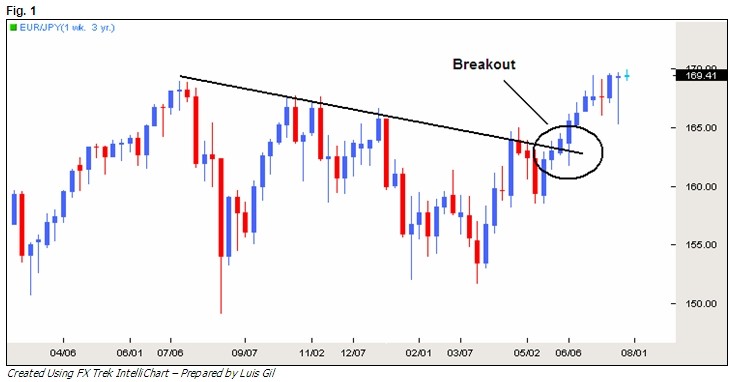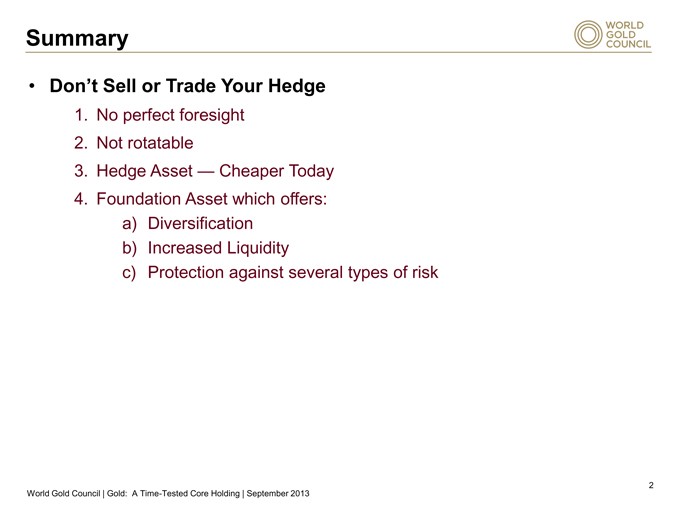How to Use Commodity Futures to Hedge_1
Post on: 30 Май, 2015 No Comment

Futures are the most popular asset class used for hedging. Strictly speaking, investment risk can never be completely eliminated, but its impacts can be mitigated or passed on. (Related: A Beginner’s Guide to Hedging ) Hedging through future agreements between two parties has been in existence for decades. Farmers and consumers used to mutually agree on price of staples like rice and wheat for a future transaction date. Soft commodities like coffee are known to have standard exchange-traded contracts dating back to 1882.
Let’s look at some basic examples of the futures market, as well as the return prospects and risks.
For simplicity’s sake, we assume one unit of commodity, which can be a bushel of corn, a liter of orange juice, or a ton of sugar. Let’s look at a farmer who expects one unit of soybean to be ready for sale in six months’ time. The current spot price of soybeans is $10 per unit. After considering plantation costs and expected profits, he wants the minimum sale price to be $10.1 per unit, once his crop is ready. The farmer is concerned that oversupply or other uncontrollable factors might lead to price declines in the future, which would leave him with a loss.
Here are the parameters:
- Price protection is expected by the farmer (minimum $10.1).
- Protection is needed for a specified period of time (six months).
- Quantity is fixed: the farmer knows that he will produce one unit of soybean during the stated time period.
- His aim is to hedge (eliminate the risk/loss), not speculate.
Futures contracts, by their specifications, fit the above parameters:
- They can be bought/sold today for fixing a future price.
- They are for a specified period of time, after which they expire.
- Quantity of futures contract is fixed.
- They offer hedging.

Assume a futures contract on one unit of soybean with six months to expiry is available today for $10.1. The farmer can sell this futures contract (short sell) to gain the required protection (locking in the sale price).
How This Works: Producer
If the price of soybeans shoots up to say $13 in six-months’ time, the farmer will incur a loss of $2.9 (sell price-buy price = $10.1-$13) on the futures contract. He will be able to sell his actual crop produce at market rate of $13, which will lead to net sale price of $13-$2.9 = $10.1.
If price of soybeans remains at $10, the farmer will benefit from the futures contract ($10.1- $10 = $0.1). He will sell his soybeans at $10, leaving his net sale price at $10+$0.1 = $10.1
If the price declines to $7.5, farmer will benefit from the futures contract ($10.1 — $7.5 = $2.6). He will sell his crop produce at $7.5, making his net sale price $10.1 ($7.5+$2.6).
In all the three cases, the farmer is able to shield his desired sale price by using futures contracts. The actual crop produce is sold at available market rates, but the fluctuation in prices is eliminated by the futures contract.
Hedging is not without costs and risks. Assume that in the first above-mentioned case, the price reaches $13, but the farmer did not take a futures contract. He would have benefited by selling at higher price of $13. Because of futures position, he lost an extra $2.9. On the other hand, the situation could have been worse for him the third case, when he was selling at $7.5. Without futures, he would have suffered a loss. But in all cases, he is able to achieve the desired hedge.
How This Works: Consumer
Now assume a soya oil manufacturer who needs one unit of soybean in six-months’ time. He is worried that soybean prices may shoot up in the near future. He can buy (go long) the same soybean future contract to lock the buy price at his desired level of around $10, say $10.1.
If the price of soybean shoots up to say $13, the futures buyer will profit by $2.9 (sell price-buy price = $13 -$10.1) on the futures contract. He will buy the required soybean at market price of $13, which will lead to net buy price of -$13+$2.9 = -$10.1 (negative indicates net outflow for buying).
If the price of soybeans remains at $10, the buyer will lose on the futures contract ($10- $10.1 = -$0.1). He will buy the required soybean at $10, taking his net buy price to -$10-$0.1 = -$10.1
If the price declines to $7.5, the buyer will lose on the futures contract ($7.5 — $10.1= -$2.6). He will buy required soybean at market price of $7.5, taking his net buy price to -$7.5-$2.6 = -$10.1.
In all the three cases, the soya oil manufacturer is able to get his desired buy price, by using futures contract. Effectively, the actual crop produce is bought at available market rates. The fluctuation in prices is mitigated by the futures contract.
Using the same futures contract at the same price, quantity, and expiry, the hedging requirements for both the soybean farmer (producer) and the soya oil manufacturer (consumer) are met. Both were able to secure their desired price to buy/sell the commodity in the future. The risk did not pass anywhere, but was mitigated—one was losing on higher profit potential at the expense of other.
Both parties can mutually agree with this set of defined parameters, leading to a contract to be honored in future (constituting a forward contract). The futures exchange matches the buyer/seller, enabling price discovery and standardization of contracts while taking away counter-party default risk, which is prominent in mutual forward contracts.
- Margin money is required.
- There may be daily mark-to-market requirements.
- Using futures takes away the higher profit potential in some cases (as cited above). It can lead to different perceptions in cases of large organizations, especially the ones having multiple owners or those listed on stock exchanges. For example, shareholders of a sugar company may be expecting higher profits due to an increase in sugar prices last quarter, but may be disappointed when the announced quarterly results indicate that profits were nullified due to hedging positions.
- Contract size and specifications may not always perfectly fit the required hedging coverage. For example, one contract of arabica coffee ‘C’ futures covers 37,500 pounds of coffee, and may be too large or disproportionate to fit the hedging requirements of a producer/consumer. Small-sized mini-contracts. if available, might be explored in this case.
- Standard available futures contracts might not always match the physical commodity specifications, which could lead to hedging discrepancies. A farmer growing a different variant of coffee may not find a futures contract covering his quality, forcing him to take only available robusta or arabica contracts. At the time of expiry, his actual sale price may be different than the hedge available from the robusta or arabica contracts.
- If the futures market is not efficient and not well regulated, speculators can dominate and impact the futures prices drastically, leading to price discrepancies at entry and exit (expiration), which undo the hedge.
The Bottom Line
With new asset classes opening up through local, national, and international exchanges, hedging is now possible for anything and everything. Commodity options are an alternative to futures that can be used for hedging. Care should be taken when assessing hedging securities to ensure they meet your needs. Bear in mind that hedgers should not get enticed by speculative gains. When hedging, careful consideration and focus can achieve the desired results.














